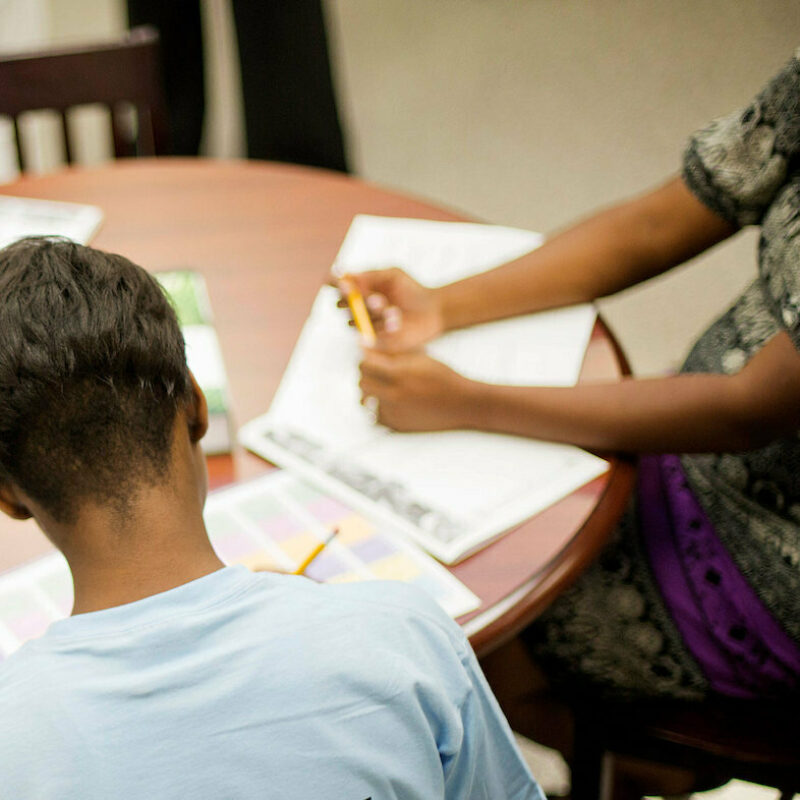Second Chance Pell: Four Years of Expanding Access to Education in Prison

Overview
The Second Chance Pell Experimental Sites Initiative, launched by the U.S. Department of Education in 2015, provides need-based Pell Grants to people in state and federal prisons. The initiative examines whether expanding access to college financial aid increases incarcerated adults’ participation in postsecondary educational opportunities. This report summarizes the fourth year of the experiment using survey data collected in December 2020 from administrators of 59 colleges. This information can inform the expansion of access to college for people in prison that will result from congressional action in December 2020 to lift the ban on Pell Grants for incarcerated students, a ban that had been in place since 1994.
The Vera Institute of Justice is providing technical assistance to the participating colleges and corrections departments to ensure that the programs provide high-quality postsecondary education in prison and after release.
Key Takeaway
Postsecondary education in prison contributes to successful reentry for people who have been incarcerated and promotes public safety.
Publication Highlights
Prisons with postsecondary education programs have fewer violent incidents than prisons without them, creating safer working conditions for staff and safer living environments for incarcerated people.
The Second Chance Pell Experimental Sites Initiative has grown from 67 participant colleges in 2016 to 130 colleges from 42 states and Washington, DC, in 2020.
Postsecondary education leads to less recidivism. This means that every dollar invested in prison-based education yields four to five dollars in taxpayer savings from reduced incarceration costs.

